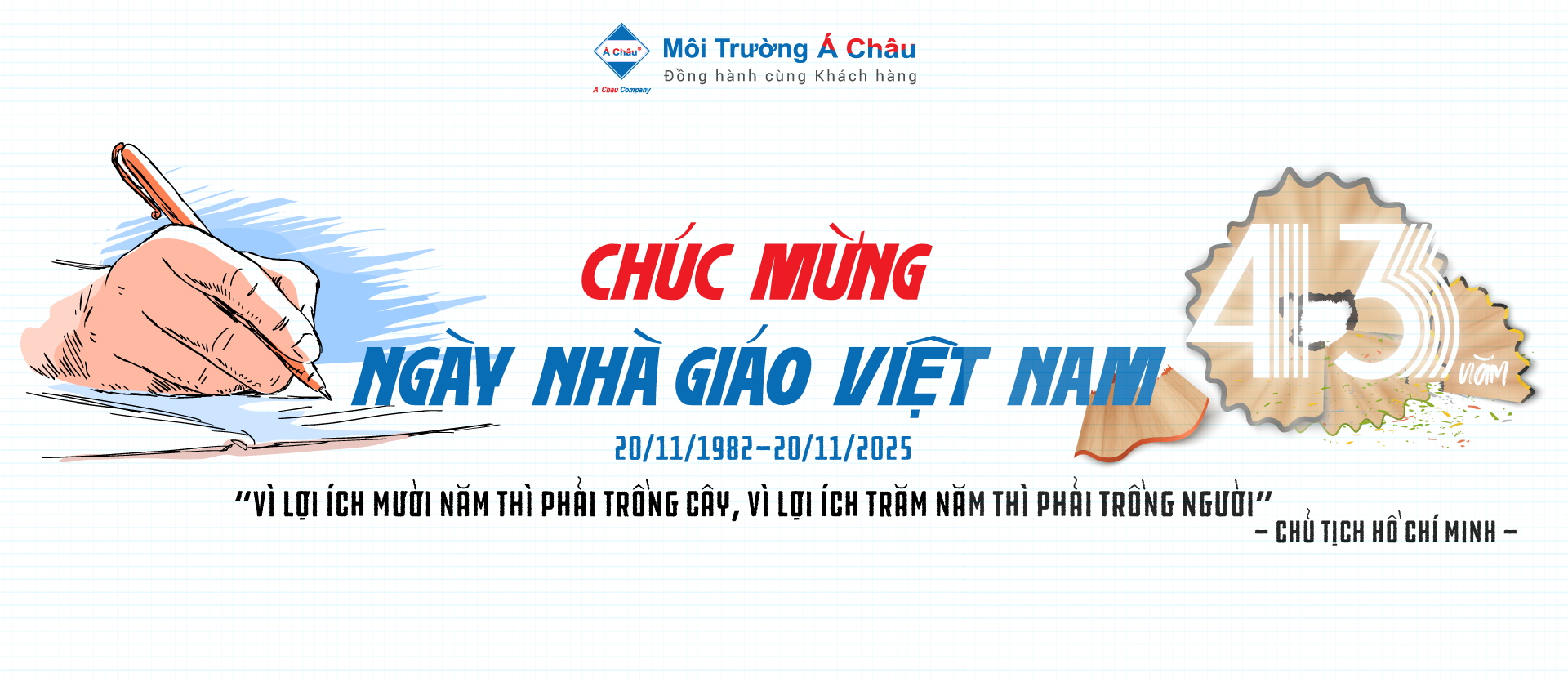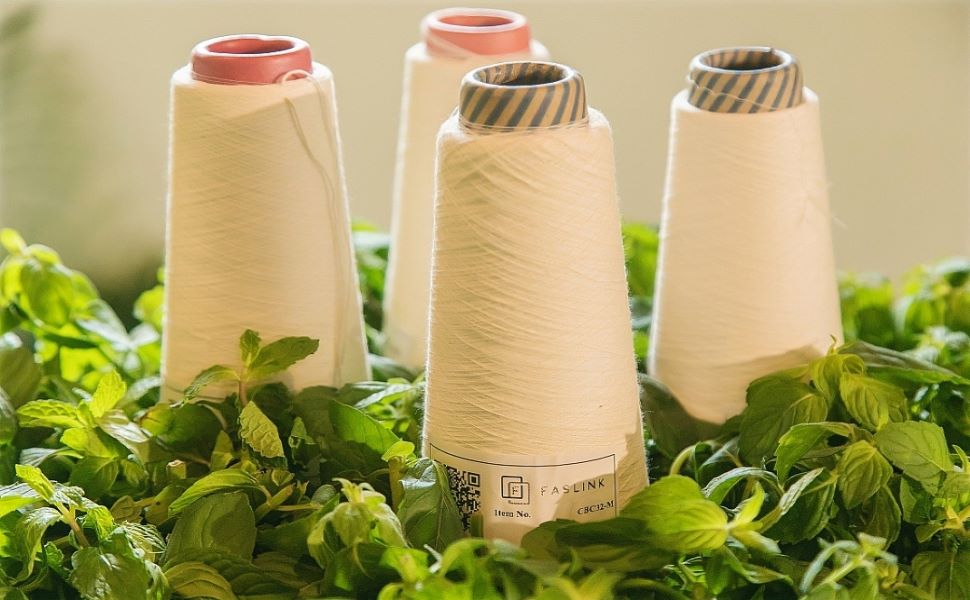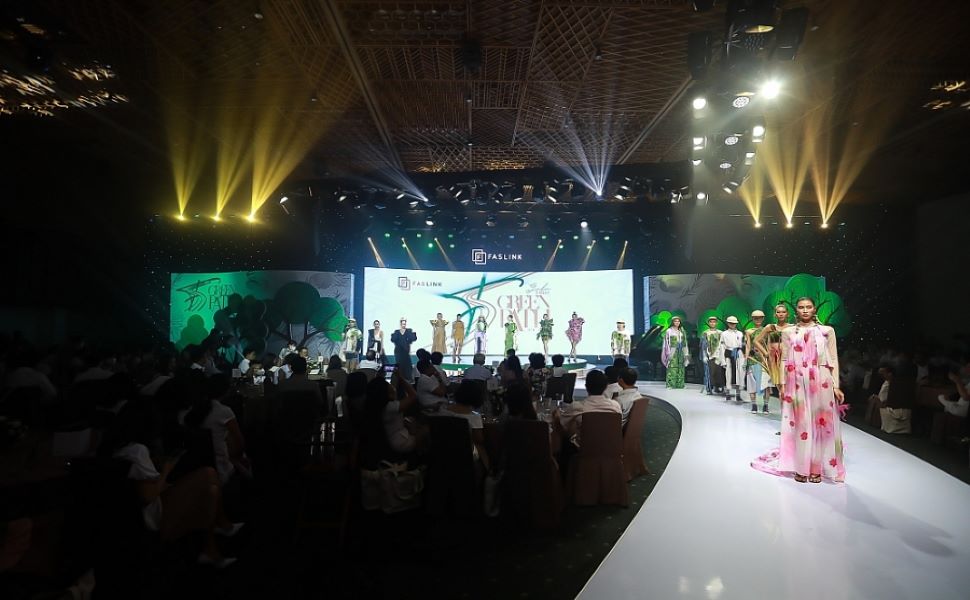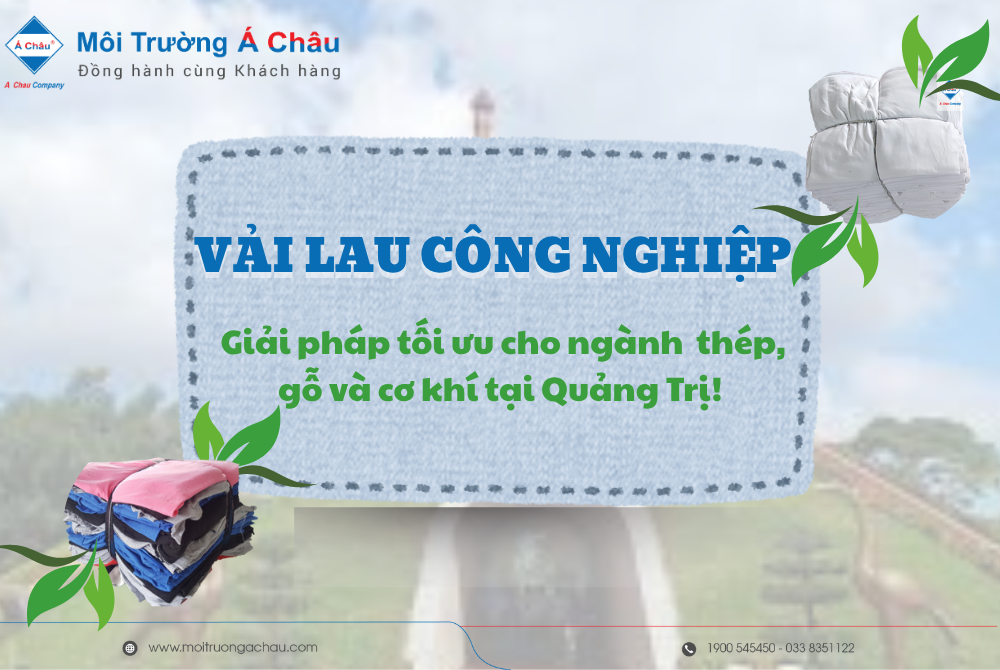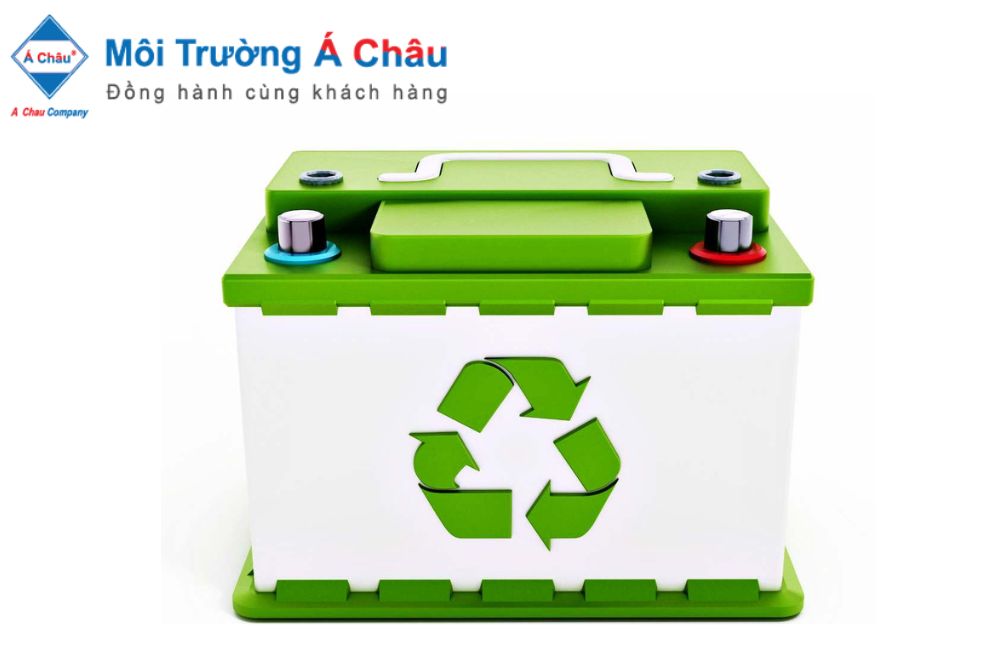Green materials - a steady step for the Vietnamese Textile industry
The Vietnamese textile industry's "Greening" strategy has prompted domestic suppliers to explore and develop new products to meet customer demands.
Despite being a textile exporter worth $10 billion per year, Vietnam is the world's only country renowned for its expertise in machining items. According to the Ministry of Industry and Trade (MOIT), this is because Vietnam only actively obtains 30-40% of its indigenous raw resources.
Vietnam supplies 0.2% of its cotton and 30% of its fiber, with the rest imported from the US, China, and Taiwan. Fiber output is 1.4 million tons annually, but over 70% is exported due to poor quality and domestic demand. Small and medium-sized businesses limit investment in research and technology.
Meanwhile, according to Mr. Tran Nhu Tung, Vice President of the Vietnam Textile and Apparel Association (VITAS) and Director of the Commission for Sustainable Development, in order to avoid the "conflict," enterprises must actively seek raw material sources and invest in research and development (R&D).
However, investing in R&D demands long-term money, which only a few firms have. In addition to the client needs reasons above, the ambition is to expand the Vietnamese textile sector for close coherence and collaboration between researchers and training institutions.
Ms. Bui Mai Huong, Head of the Fashion Design Department at Ho Chi Minh City University of Technology, emphasizes the need for more vital collaboration in R&D. She believes that machinery is no longer the only aspect to invest in in the textile industry. Students are increasingly focusing on practical research and product creation to identify societal solutions rather than solely on personal benefit values.
"At HCMUT, a group of fashion research students has been exploring the production of natural materials and fibers, as well as inventing techniques to reuse coconut shells to manufacture fabrics... However, the outcomes of this study have not yet been marketed for use in production and require the enterprise's involvement."
Peppermint Fibre products
Opportunities for domestic supply
Vietnam's textile and garment sector faces constraints, leading to firms encouraging localization of raw materials and accessories. They collaborate with schools to identify talent and improve quality, increasing production. Thanh Cong Textile - Investment - Trading Joint Stock Company (TCM) invests billions in R&D and hires students, allowing them to research eco-friendly and adaptable fabric fibers.
Faslink also pioneered substantial investment in R&D and launched a variety of "Green" fabric fibers from salt, coffee, mustard, and pepper... which are highly applicable and received by the market. "Over the last four years, the demand for sustainable fashion products has become more pronounced as more supplies are being supplied by local ordering from us. It is estimated that in 2021 alone, we have supplied the market with about 8 million meters of finished fabric of all kinds, and all meet the Green Criteria," Faslink's representative shared.
VITAS believes that Vietnamese businesses must adapt to the localization of raw materials and "Greening" to meet global consumer demands for environmentally friendly fashion products. Consumers are resistant to products without clear origins, and even if a corporation doesn't use international labor standards, it will be rejected.
The Faslink series of design items collaborates with bright young designers from green fabric fibers (coffee fibers, silver fibers, and oat shell fibers).
"We discovered that there are many raw material suppliers, such as Faslink, who are doing an excellent job of researching and developing products that correspond to customer trends and tastes." However, this sector's market share remains enormous, so there will be an opportunity if we continue to spend to catch up in time," a VITAS representative stated.
Source: Vietnam Textile and Apparel Association (VITAS)
